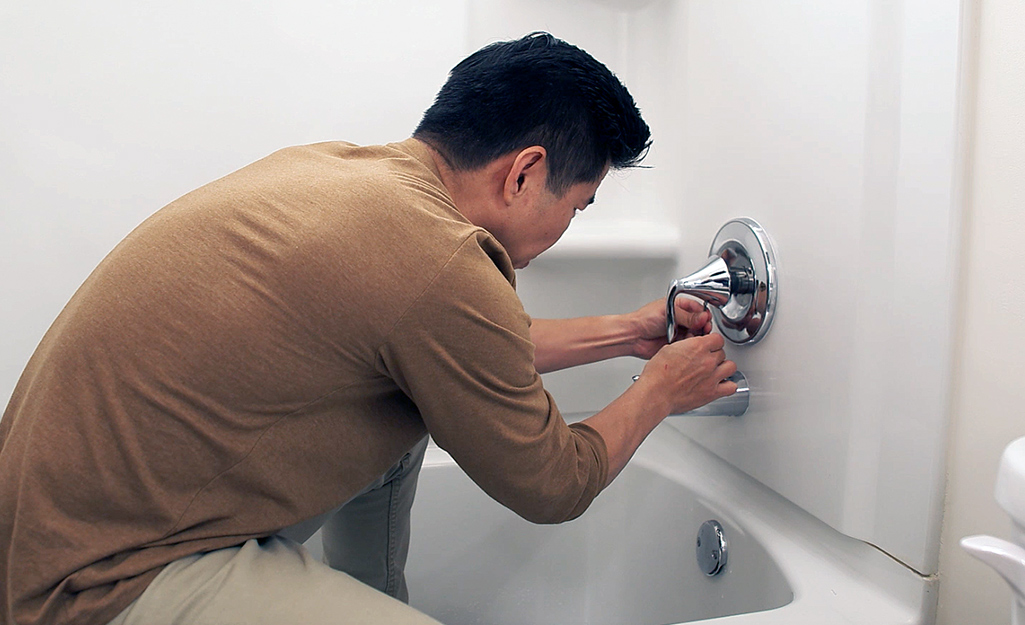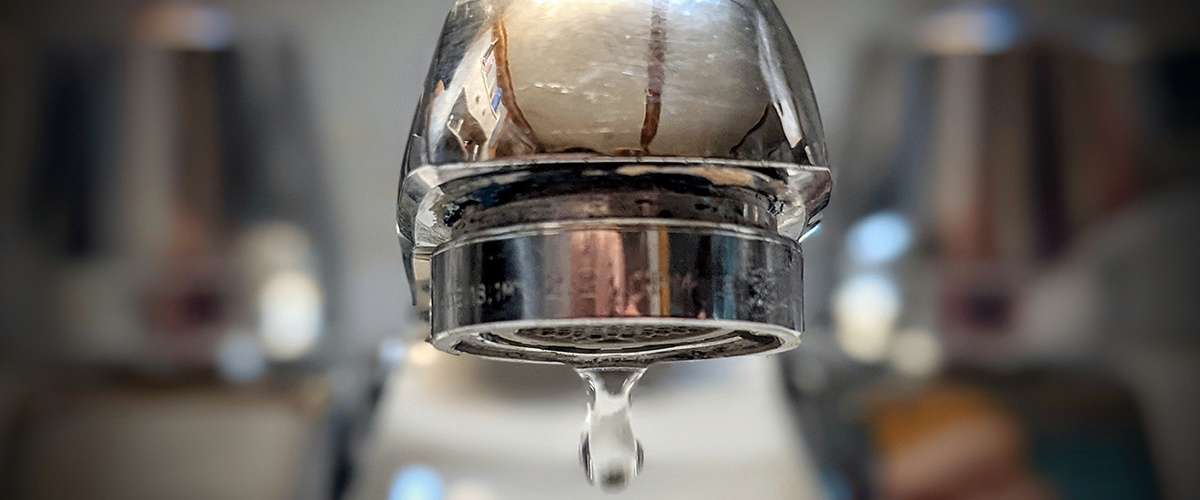Each person may have his or her own perception when it comes to Why Are My Faucets Dripping (And Can I Fix It Myself)?.

Trickling faucets may feel like a minor trouble, however their impact surpasses simply the aggravation of the sound. From wasting water to incurring unnecessary economic expenses and health risks, overlooking a trickling faucet can lead to various consequences. In this write-up, we'll look into why it's essential to address this usual home problem quickly and efficiently.
Wastage of Water
Environmental Impact
Leaking faucets contribute substantially to water wastage. According to the Epa (EPA), a single faucet leaking at one drip per second can lose more than 3,000 gallons of water per year. This not just strains water sources yet likewise affects environments and wild animals depending on them.
Step-by-Step Overview to Dealing With a Dripping Tap
Tools Required
Before trying to repair a trickling faucet, collect the needed devices, including a flexible wrench, screwdrivers, replacement components (such as washing machines or cartridges), and plumber's tape.
Typical Tap Issues and Their Solutions
Determine the sort of tap and the particular problem creating the drip. Common issues consist of worn-out washers, corroded shutoff seats, or damaged O-rings. Refer to manufacturer directions or on the internet tutorials for detailed support on repair work.
Financial Prices
Raised Water Costs
Beyond the ecological impact, trickling taps can pump up water costs significantly. The accumulated waste over time converts right into higher utility costs, which can have been avoided with prompt fixings.
Potential Building Damages
In addition, long term trickling can bring about harm to components and surface areas bordering the faucet. Water accumulation can cause staining, deterioration, and also architectural problems if left neglected, causing extra repair work costs.
Health Worries
Mold and Mildew Development
The constant existence of wetness from a trickling faucet develops an optimal setting for mold and mildew and mold growth. These fungi not just endanger indoor air top quality yet additionally present health threats, specifically for individuals with breathing conditions or allergies.
Waterborne Diseases
Stagnant water in trickling faucets can end up being a breeding place for bacteria and other virus, increasing the risk of waterborne illness. Pollutants such as Legionella microorganisms thrive in stationary water, possibly leading to serious diseases when ingested or inhaled.
DIY vs. Professional Repair work
Advantages and disadvantages of Do It Yourself Repair Service
While some may attempt to fix a dripping tap themselves, DIY fixings feature their very own set of challenges. Without correct understanding and tools, do it yourself efforts can intensify the concern or cause incomplete repairs, extending the issue.
Benefits of Working With an Expert Plumber
Hiring a professional plumber guarantees that the underlying source of the dripping faucet is resolved effectively. Plumbing technicians have the expertise and equipment to diagnose and repair faucet issues efficiently, saving time and minimizing the risk of further damage.
Ecological Duty
Specific Payment to Conservation
Taking responsibility for fixing trickling taps lines up with broader initiatives towards water conservation and environmental sustainability. Every individual's activities collectively make a significant influence on protecting precious sources.
Sustainable Living Practices
By focusing on prompt fixings and embracing water-saving habits, individuals add to lasting living techniques that profit both existing and future generations.
Preventive Measures
Normal Upkeep Tips
To stop trickling taps, execute routine upkeep such as cleansing aerators, examining for leakages, and changing damaged parts quickly. In addition, take into consideration installing water-saving devices or upgrading to a lot more reliable components.
Relevance of Prompt Repairs
Dealing with leaking faucets as soon as they're discovered avoids further water wastage and potential damage, eventually saving both water and money in the long run.
Influence On Residential Or Commercial Property Value
Perception of Well-Maintained Residential Or Commercial Property
Maintaining a residential or commercial property in good condition, including attending to upkeep problems like leaking faucets, enhances its regarded value and worth amongst potential buyers or tenants.
Impact on Resale Value
Residences with well-maintained plumbing components, including taps, command higher resale worths in the real estate market. Dealing with trickling faucets can add to a positive impact during building evaluations and negotiations.
Final thought
Attending to a leaking tap goes beyond simple convenience; it's a necessary action towards conserving water, decreasing monetary prices, and guarding health and home. Whether with do it yourself repair services or specialist help, doing something about it to deal with trickling taps is a small yet impactful way to advertise accountable stewardship of resources and add to a much healthier, much more lasting future.
How to Fix a Leaky Faucet: Step-by-Step Repair Guide
A leaky faucet may seem like a simple annoyance, but if it's not fixed promptly, that leak could cost hundreds to potentially thousands. From water damage to mold, mildew, and high water bills, even a tiny leak can be catastrophic if left unattended. Damage like this can even affect the overall value of your home, so it's important to take the right approach for leaky faucet repair. You may need the help of a plumber in some cases, but we've got a few tips you can try on how to fix a leaky faucet before calling the pros.
Four Faucet Types
When you're learning how to fix a leaky faucet, the first step is knowing what kind of faucet you're working with! There are four common types.
Cartridge Faucets
Cartridge faucets come in one- or two-handled varieties. In one-handled cartridge faucets, hot and cold water combines in a single cartridge. In the two-handled versions, hot and cold water are controlled separately and mixed in the faucet.
Ball Faucets
Ball faucets have a single lever you push up and down to adjust the pressure and rotate to change the temperature. A slotted metal ball controls the amount of water allowed into the spout.
Compression Washer Faucets
They're the oldest type of faucet, but they're still used in many homes — especially older ones. Compression faucets have two separate handles that, when turned, raise or lower the washer that seals a water valve. This valve stops water from flowing through the faucet when it is turned off.
Disc Faucets
Disc faucets rarely need to be repaired due to their maintenance-free design. The water flow is controlled by two discs — the upper one raises and lowers against a fixed lower disc, creating a watertight seal. If your disc faucet starts leaking, you may need to replace the seals or clean residue buildup from the inlets.
Fixing a Leaky Faucet
Step 1: Turn Off the Water
Whether you're learning how to fix a leaky bathtub faucet or how to fix a leaky kitchen faucet, always turn off the water supply to your working area when you're fixing a leak. The last thing you want is a flood added to your list of things to fix.
Look for the shutoff valves below your sink or around the tub and turn them clockwise to stop the water flow. If your faucet doesn't have shutoff valves, you may need to turn off the water for the whole house. Check to make sure it's off by turning the faucet on. If nothing comes out, you're ready to start the repair.
Step 2: Take Apart the Faucet
How you disassemble your faucet depends on the type of fixture you have. You can use a flathead screwdriver to remove the caps on top of the handle or handles for cartridge and compression faucets. Inside, you should see handle screws. Unscrew these with a screwdriver to remove the handle.
Disc- and ball-style faucets will typically have an inlet screw near the handle, and removing that will reveal the interior of the faucet.
Detach the Valve Stem
For cartridge- and compression-style faucets, you'll see the inner valve stem or cartridge once you remove the faucet handles. If you have a compression faucet, unscrew the brass valve stem. If you have a cartridge faucet, pull out the cartridge. If your cartridge has been in place for a while, it may require some tools or extra force to remove it due to mineral deposits.
Examine and Replace Parts
Once you've removed the parts, check them out to confirm what needs to be replaced. You may see corroded rubber washers, O-rings, stems, or cartridges. On a ball-style faucet, check the seats and springs for damage.
If you need to repair a leaky disc faucet, check the inlet and seals on the lower disc.
Once you determine what parts must be replaced, visit your local hardware store. Bring the damaged parts with you to ensure you can purchase the correct components to replace them.
Clean Valves and Faucet Cavity
If you've removed a stem or cartridge, you may notice mineral buildup in the faucet's threads. Use white vinegar to clean the valve seat by soaking it for a few minutes, then scrub it away with a soft toothbrush and rinse with warm water. You can also clean the interior of the faucet in the same way.
Reassemble the Faucet
Once your faucet is cleaned and the required parts have been replaced, it's time to reassemble it. Put the pieces back together and slowly turn the water supply back on. Doing this slowly is crucial because too much initial water pressure can damage the new hardware you've just installed.
https://homewarranty.firstam.com/blog/how-to-fix-leaky-faucet

As a devoted person who reads on Leaky Faucets: Why They Happen & What to Do About Them, I think sharing that piece of content was smart. Liked our entry? Please share it. Help someone else discover it. Thanks for your time invested reading it.